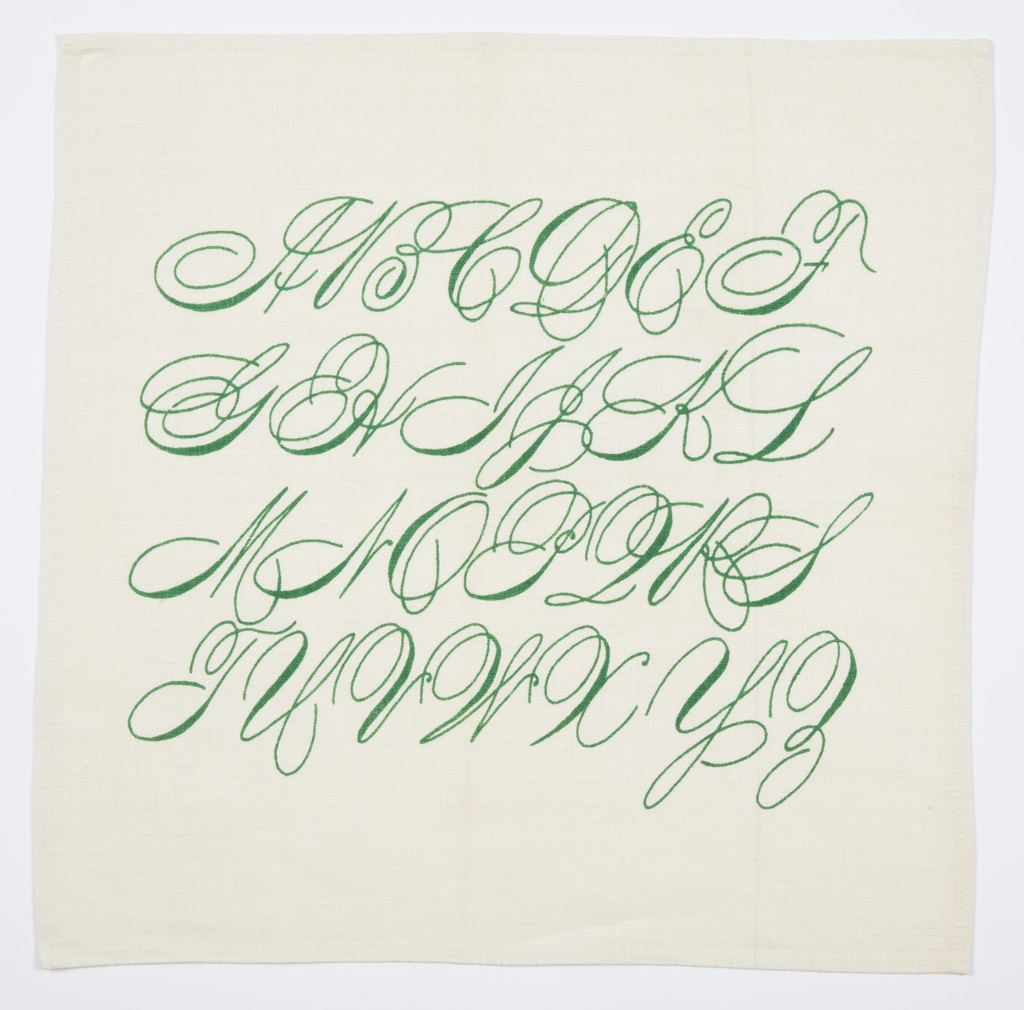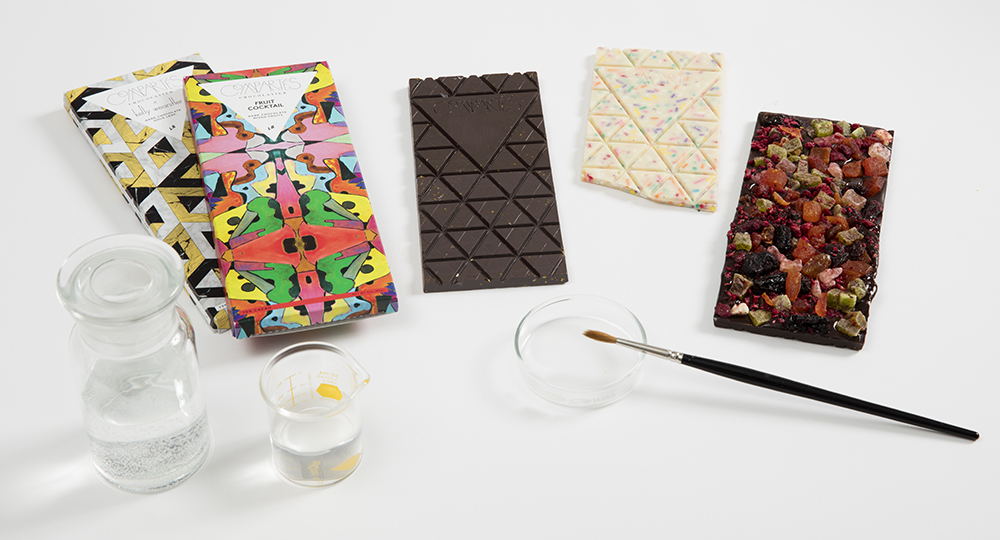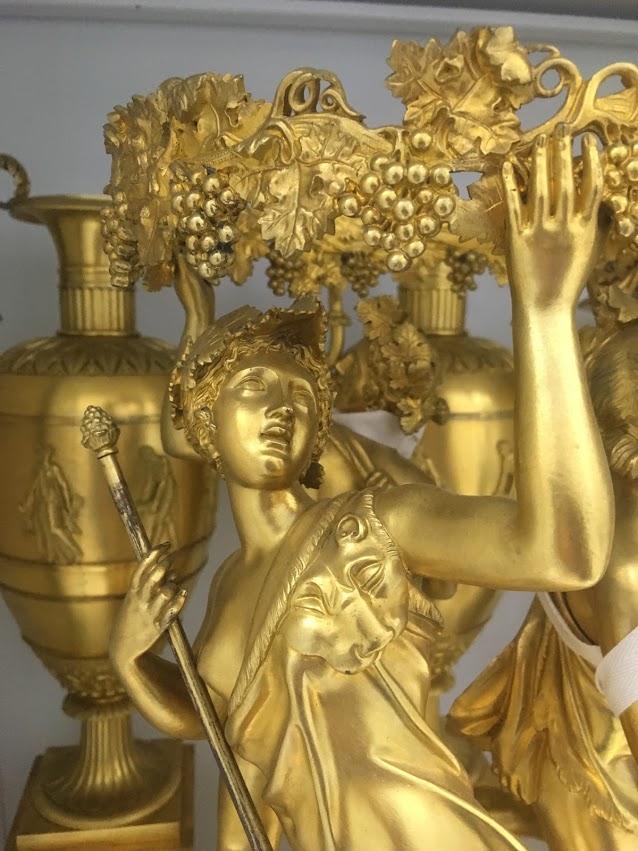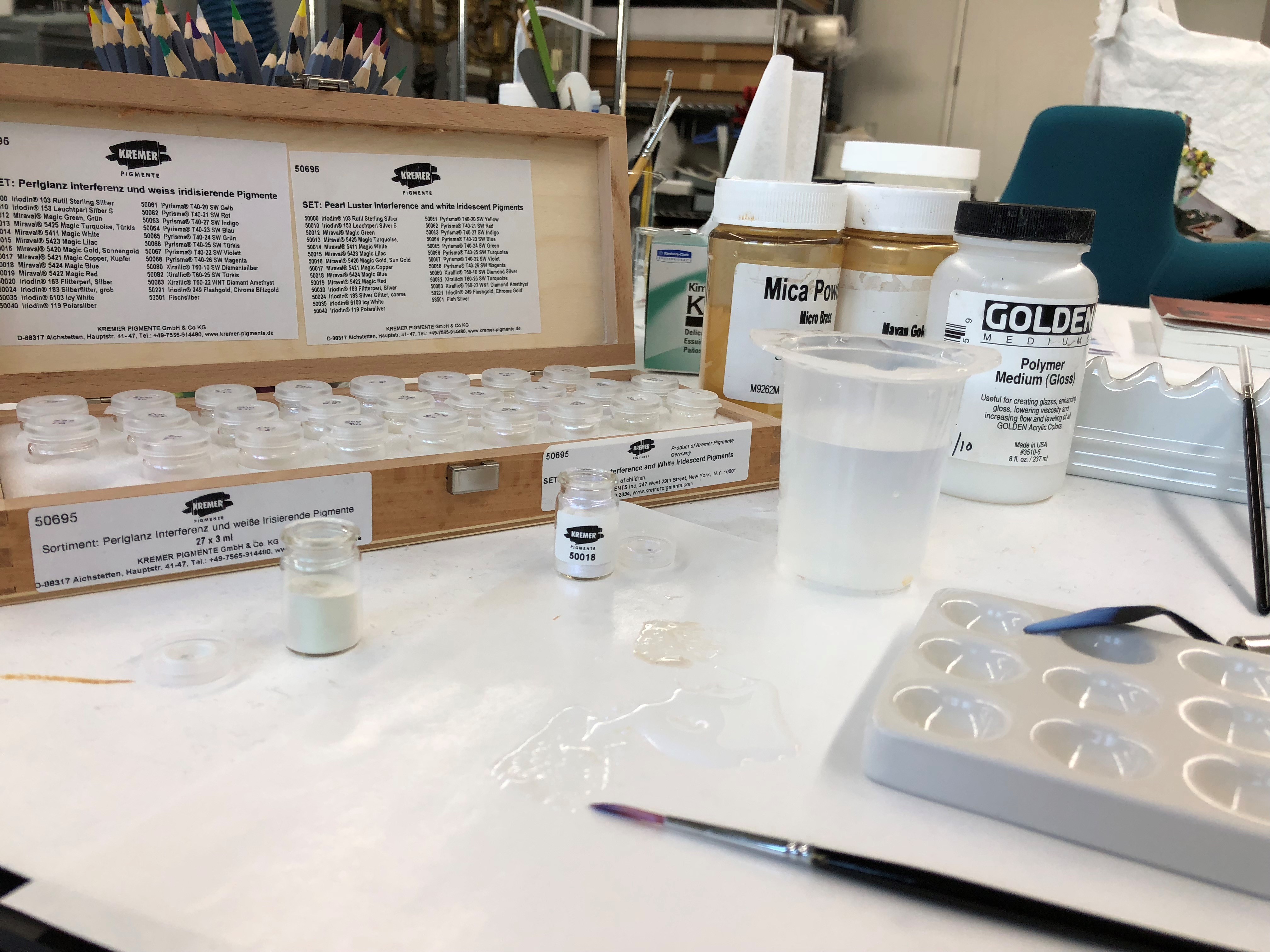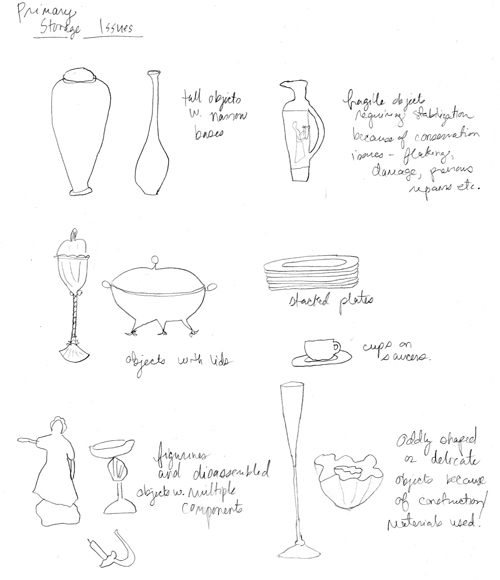How textiles are stored greatly impacts their future condition. Creases created by folding textiles become deeply engrained; stress along these folds can create breaks in the fibers, eventually leading to tears; discoloration from light exposure, internal chemical degradation, and exposure to acidic environmental factors like wood furniture, non-archival paper, etc. intensifies along the exposed surfaces...
The exhibition The Senses: Design Beyond Vision challenged Cooper Hewitt's conservation team in its innovative use of multisensory installations. Learn how conservators addressed specific object issues, including scratch-and-sniff wallpaper, pillows, and chocolate.
Conservators Jessica Walthew and Jakki Godfrey discuss their approach to cleaning and enlivening the gilt-metal features of Cooper Hewitt's surtout de table.
Have you ever noticed shimmering rainbows floating along puddles in the road? This bright iridescence is created by oil floating on the water, and is caused by the way light interacts with itself as it travels through the oil film to the water below. We often refer to this phenomenon as interference colors (good explanation...
Cooper Hewitt’s permanent collection includes more than 210,000 objects, which together span thirty centuries and reflect cultures from around the world. The Conservation Department’s main responsibility is the care and technical study of these pieces, to ensure their preservation for today and into the future.
A Smithsonian celebration of Earth Day will focus attention on effective solutions for saving the planet.
A critical element of the Cooper-Hewitt, National Design Museum’s Re:Design project is a new off-site conservation, study, and storage facility, designed to the highest preservation standards and built over the past several years. In order to maximize the space, the new storage facility is outfitted with mobile compact storage units as well as static units...
On May 14, 2009, Cooper-Hewitt opens Design for a Living World, an exhibition developed by The Nature Conservancy, one of the world’s leading conservation organizations. As part of our partnership with TNC, Cooper-Hewitt met the challenge of publishing a companion book that would emphasize the exhibition’s principal themes: sustainable design and materials, and responsible conservation...
Cooper-Hewitt invites you to submit ideas for our fourth Triennial exhibition, opening in 2010. We are looking for designers, firms, and projects from around the world that answer the question “Why design now?” Why is design an essential tool for solving some of today’s most urgent problems? What draws creative thinkers, makers, and problem solvers...
